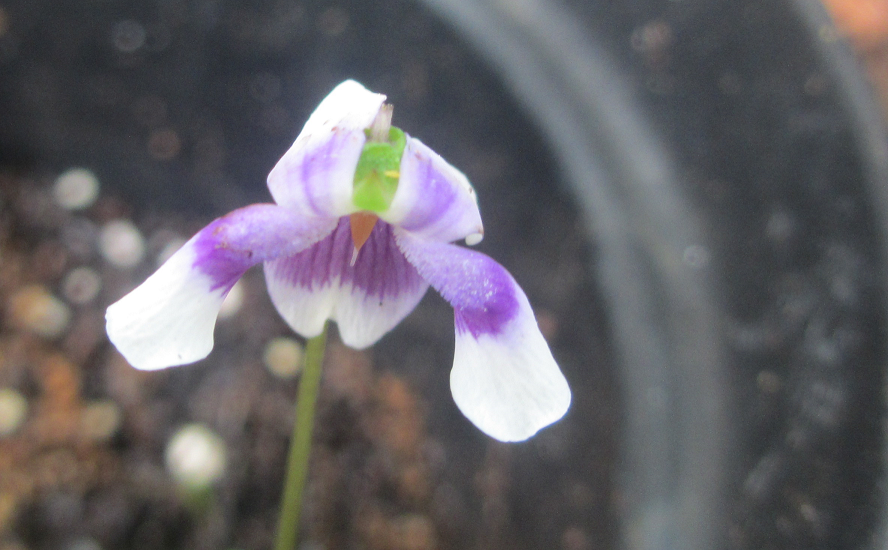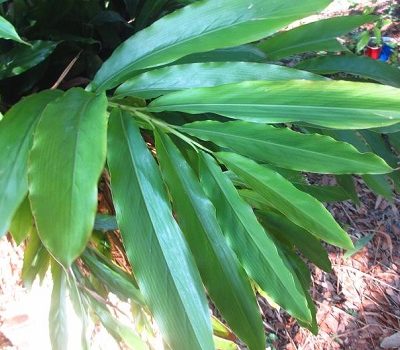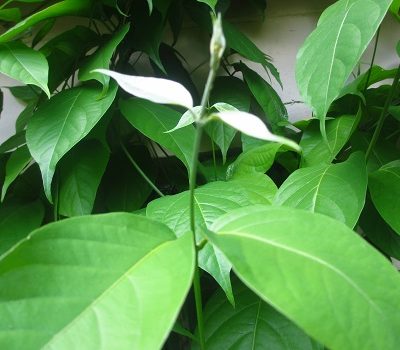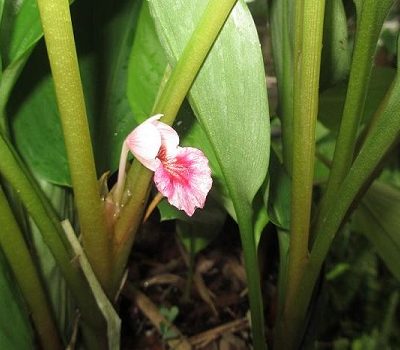Australian violet
Many people who move from northern states, to Florida, often try to grow temperate plants that they are familiar with, or that they associate with their childhood, only to find that they sizzle up in the heat of the Florida Summers.
Click here for a video on this plant.
European violets are one such plant. Though European violets won’t survive in a tropical or subtropical climate, Australian violets will thrive here, and they are very similar in appearance. They do have high moisture requirements, but as long as that is met, this is an easy plant to grow.
I rather like this little plant. When they form a ground cover, the the foliage is dense and attractive. The flowers, though tiny, are dainty and beautiful. When grown in a container, they tend to run to the side, and grow right over it and “escape”. You can take advantage of this by growing them in a hanging pot. When grown in a hanging pot, the runners hang down and bloom in the air, making for a rather nice display.
Origin
Australia
Family
Violaceae
Binomial nomenclature
Viola hederacea
Common names
Australian violet
Description
A low growing, ground cover, with a creeping growth habit. The leaves are kidney shaped, and the flowers are white with dark purple centers.
Height
2″-4″ tall.
Temperature/Zone
zone 8b, 32°F. This violet does well in our hot steamy Summers here in Florida, as long as it is kept hydrated. It tolerates above freezing Winter temperatures very well. If given overhead protection, it will survive occasional frost nights without damage as well. Sustained freezing temperatures will kill them.
Light
Part sun to shade.
Water
Keep them evenly hydrated. This plant does not like to be completely dry.
Fertilizer
They should be fed a well balanced fertilizer.
Cultivation
Viola hederacea is an easy plant to grow as long as it is kept watered. They will grow in our sandy soil here in Florida, but they will do much better if the soil is amended with organic matter.
Pests
I have not found any pests to be a problem for this plant in Florida. Slugs occasionally chew on the leaves, but they haven’t been a huge problem for me.









